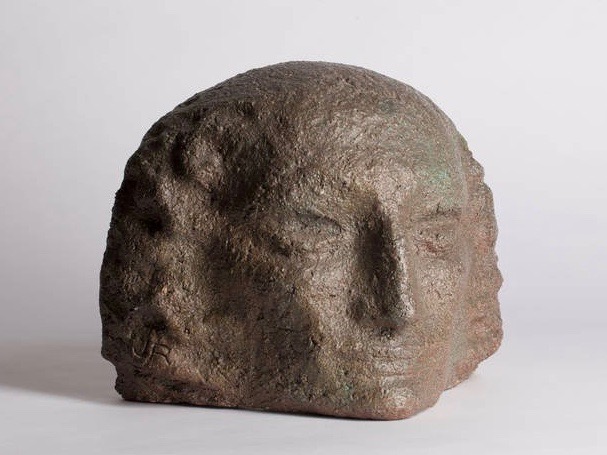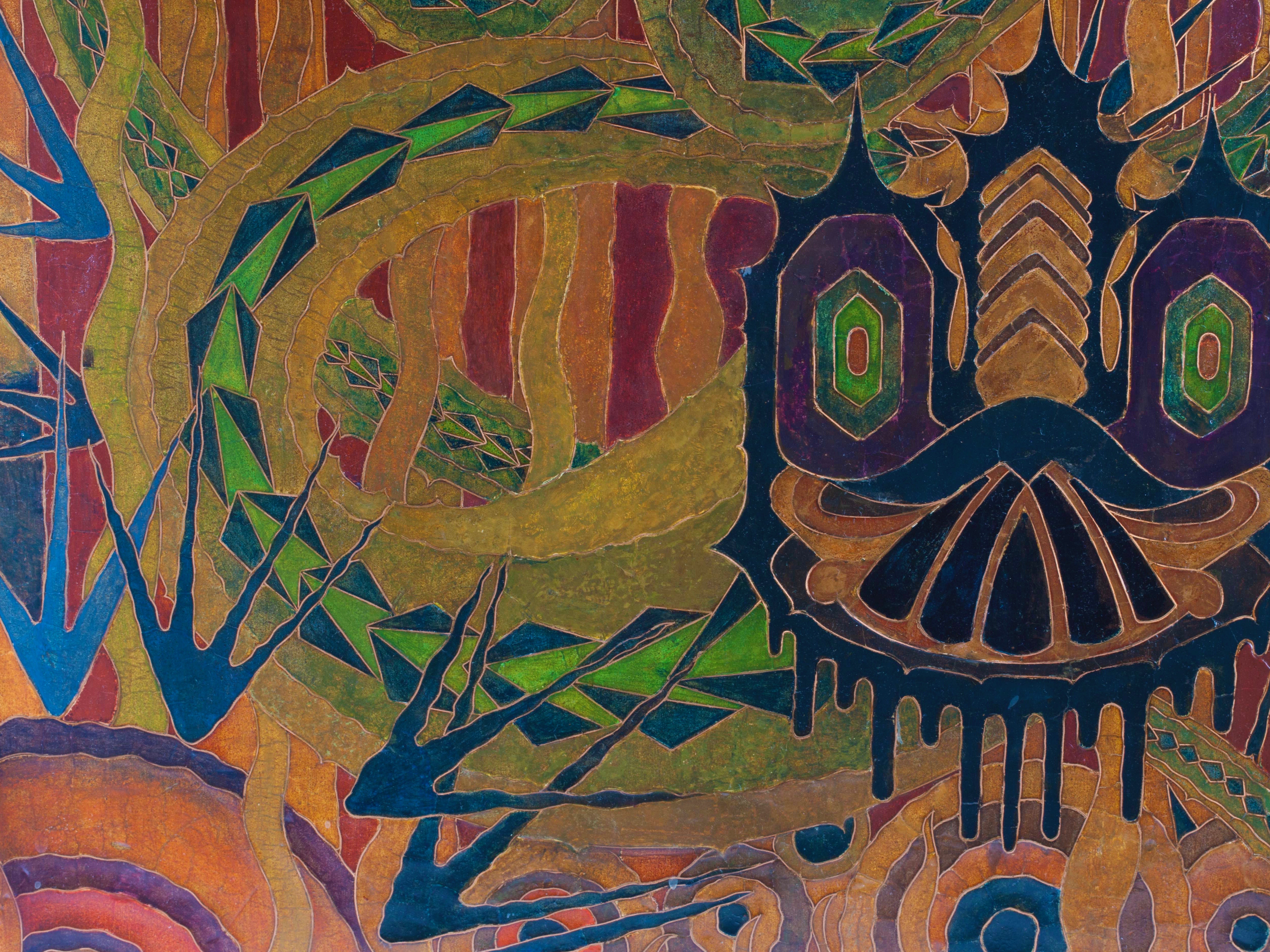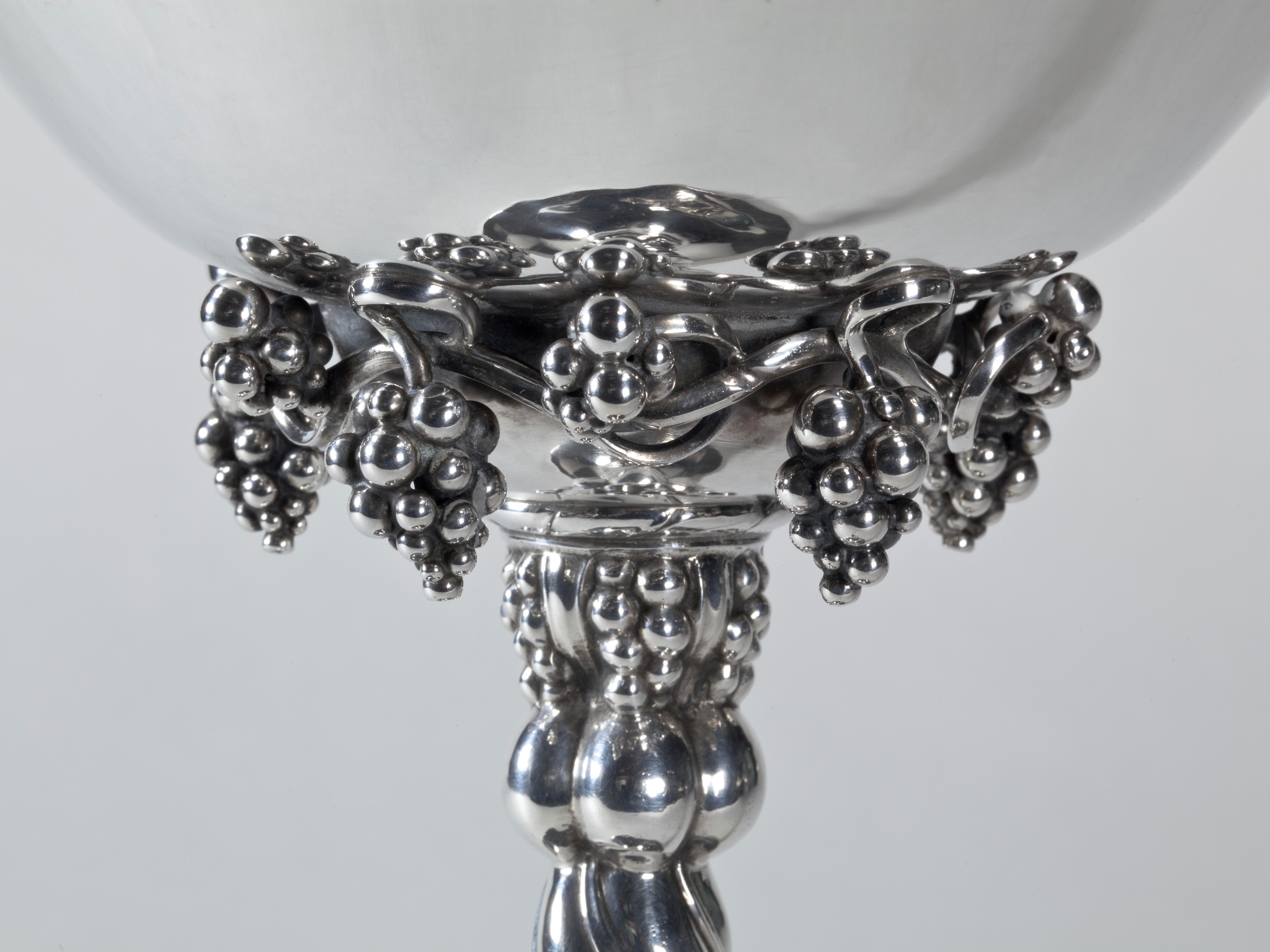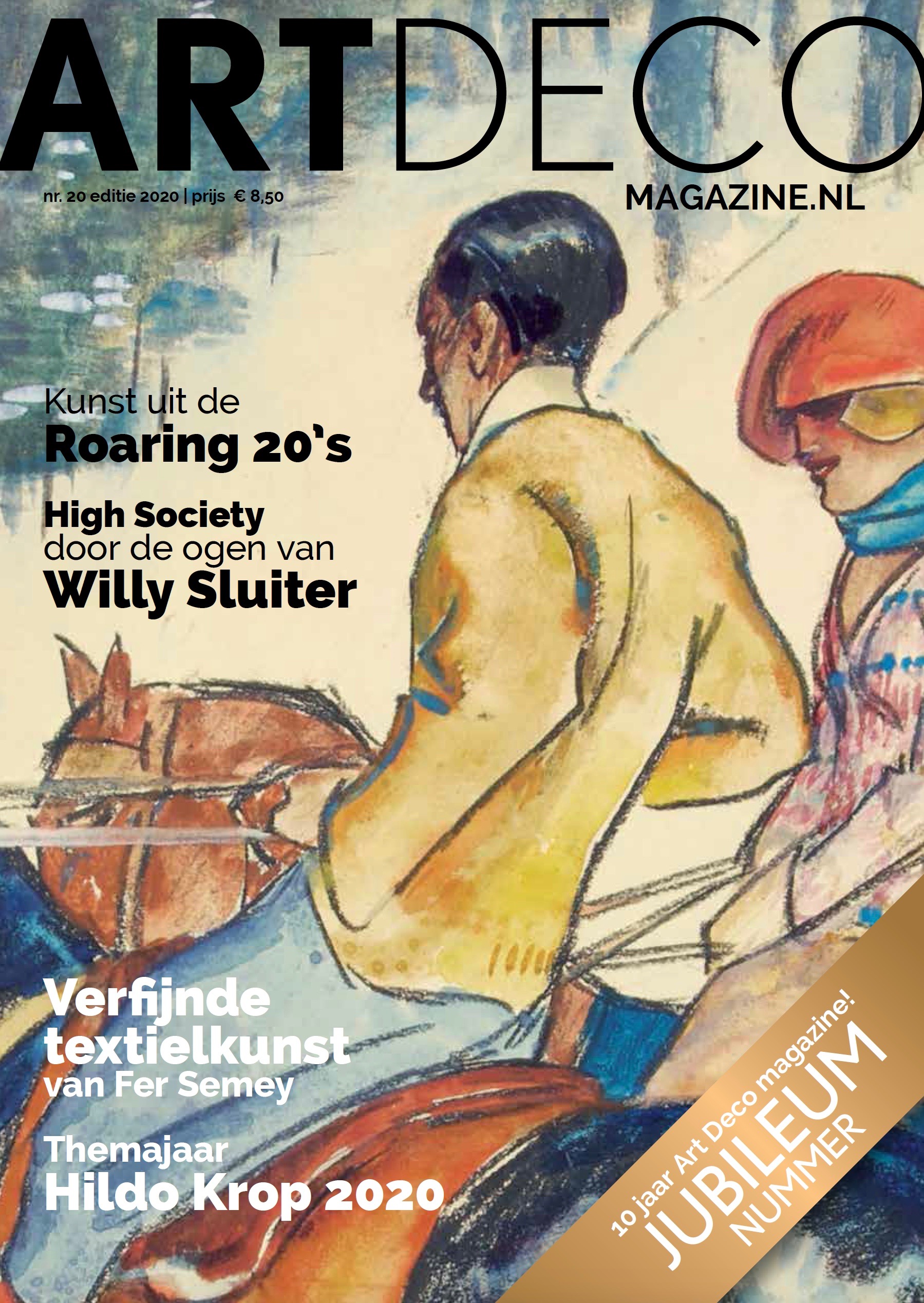John Rädecker: Sculptors of the Amsterdam School - part 1
John Rädecker (1885-1956) is considered the most important Dutch sculptor of the 20th century. A well-known collector of his work was Helene Kröller-Müller, founder of the Kröller-Müller Museum (where she would house her extensive art collection, including her famous collection of works by Vincent van Gogh). Also, her art teacher, H. P. Bremmer and poet P. N. Van Eyck, who lived in London, gathered and promoted John Rädecker's work.
Rare Chamotte Mask Sculpture
One of the works originating from the Van Eyck collection is a rare “chamotte” fireclay mask. It is a one-off piece, dating from 1923 when Rädecker briefly collaborated with ceramic artist Bert Nienhuis. Nienhuis had been a ceramics teacher in the German artists’ colony Hagen, from 1911, and started teaching in Amsterdam in 1917. Nienhuis had developed into an expert in the application of clays, glazes and pottery techniques, which, at the time, also aroused the interest of sculptors.
Cooperation with Bert Nienhuis
The mask sculpture, made of glazed hard-baked fireclay, quickly found its way to Van Eyck, who had urged Rädecker, via letter, to allow him the first choice when he had finished new work. A year later the Centraal Museum Utrecht bought a different chamotte mask sculpture. These are rare pieces; the collaboration with Nienhuis yielded only a small number of objects. Rädecker thought the burning and glazing of the sculptures took too long and was not always satisfied with the colour. Later, he would make a copy of the mask sculpture depicted in metallised concrete (collection Centraal Museum Utrecht), and three or more in bronze (one of which is located in the Gemeentemuseum Den Haag).
Mystical Expression
The mask sculptures of Rädecker have a mystic, often dreamy expression. Like other artists of his time, Rädecker was fascinated by ethnographies from Africa and Oceania, by mysticism and theosophy. The symbolism of the dream world reflected itself in Rädecker’s work, adopting exaggerated forms and the expression of moods. It is the same type of expressionism with which the architects of the Amsterdam School, such as Michel de Klerk and Piet Kramer, felt at ease.
‘From the dark soil of their subconsciousness’
After his first meeting with Rädecker in 1922, the art pedagogue, H. P. Bremmer remarked, “He’ll say he made it because he could not resist it; only the true artists speak in this way, the best that they give comes from the dark soil of their subconsciousness”.
Amsterdam School
The Amsterdam School (1910–1930) is renowned as an expressive movement in Dutch architecture. However, the architects of the Amsterdam School involved artists of all disciplines in their housing and interior projects. The movement, therefore, includes almost all (decorative) art. In several blogs, we highlight sculptors who were a part of the Amsterdam School. This is part 1: John Rädecker.
Photo: Dennis A-Tjak
© Kunstconsult – 20th century art | objects
Reproduction and distribution of this text is only allowed with correct reference.







